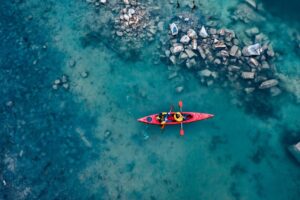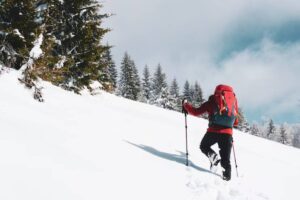The Travel Blog
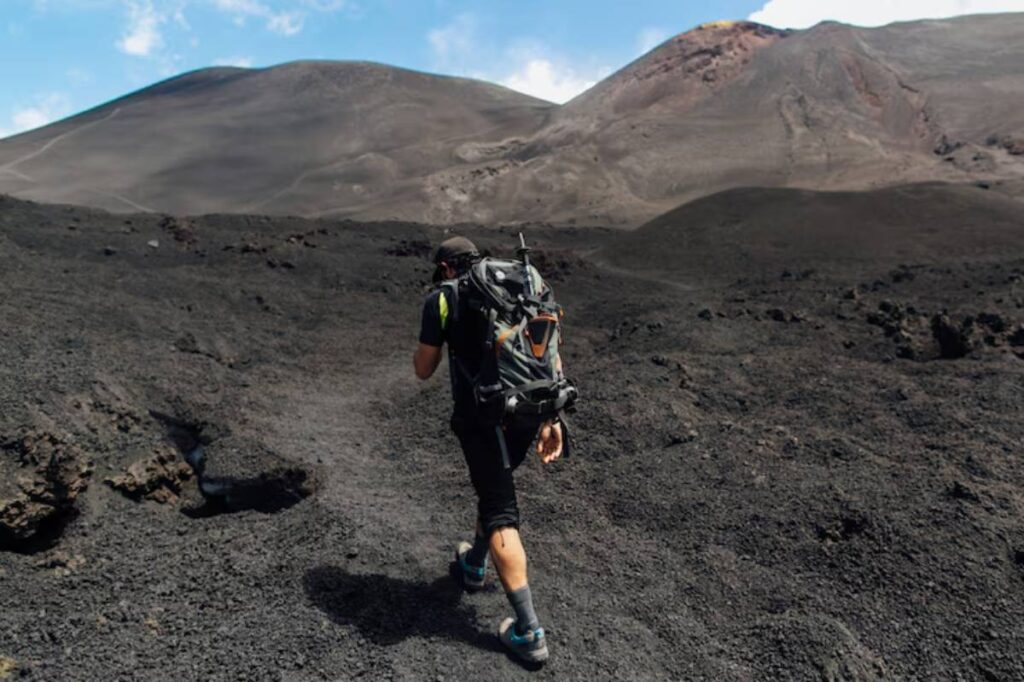
Exploring Mount Etna: Sicily’s Active Volcano
A Journey to the Fiery Heart of Sicily
Few places on Earth embody raw natural power and mesmerising beauty quite like Mount Etna. Towering above the eastern coast of Sicily, this active volcano doesn’t just dominate the skyline — it defines the region’s spirit, culture, and geography. For those interested in exploring Mount Etna, the experience promises more than just a hike. It’s an invitation into the world of smoke, lava, legends, and life.
As one of the most continuously active volcanoes in the world, Etna attracts geologists, thrill-seekers, and nature lovers alike. Whether you’re drawn to the science, the challenge, or the stunning landscapes, this journey into the belly of Sicily’s living giant delivers an unforgettable chapter in your adventure travel through Europe.
In this guide, we’ll cover everything from trail options and guided tours to geological marvels and safety tips. We’ll also share real-world stories, practical advice, and cultural insights to help you experience Etna with awe and awareness.
Why Explore Mount Etna?
Europe’s Most Active Volcano
Mount Etna is far from dormant. With eruptions occurring regularly, sometimes several times a year, Etna offers a live science show of pyroclastic displays, rumbling earth, and steaming craters.
A UNESCO World Heritage Site
Recognised in 2013 for its extraordinary geological and cultural significance, Etna stands as a natural archive of Earth’s evolution.
Breathtaking Diversity
Etna isn’t just black ash and lava. Its lower slopes are covered in forests, vineyards, and wildflower meadows. From snowy peaks to fertile farms, its landscapes are rich and varied.
How to Get There
Mount Etna is easily accessible from major cities in Sicily.
- From Catania: Just 45 km from the base. Hire a car or take a bus to Rifugio Sapienza (South Side).
- From Taormina: About 1.5 hours by car. Northern approaches are closer from here.
Catania Fontanarossa Airport (CTA) is the nearest major hub, making Etna a viable adventure even for short trips to Italy.
Best Time to Visit Mount Etna
Spring (April to June):
- Pleasant weather
- Blooming vegetation on the lower slopes
- Less crowded than summer
Summer (July to September):
- Clear skies and dry trails
- Busy season with more guided tours available
- Be prepared for heat and crowds
Autumn (October to November):
- Crisp air and colourful foliage
- Fewer tourists
- Weather begins to turn colder
Winter (December to March):
- Snowfall turns Etna into a skiing destination
- Access to craters may be limited
Hiking and Tour Options
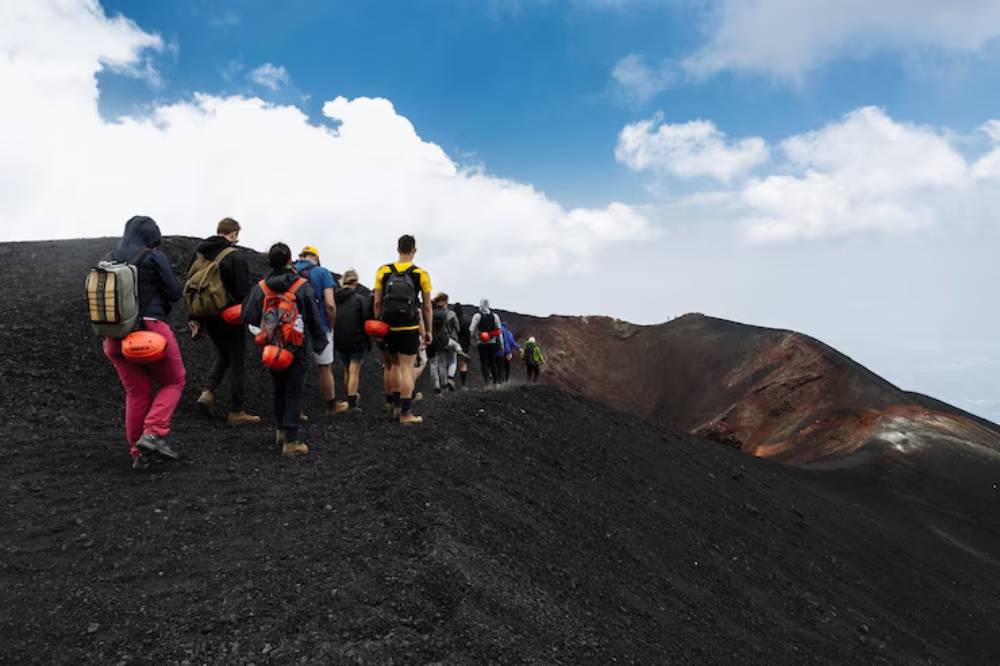
Self-Guided Hikes
For independent travellers, Etna has marked trails for varying skill levels.
- Valle del Bove: A massive caldera offering surreal volcanic views
- Monti Sartorius: Easy hike through lava fields and birch forests
- Crateri Silvestri: Near Rifugio Sapienza; accessible even for families
Always check volcanic activity reports before heading out. Even on quiet days, nature here is unpredictable.
Guided Volcano Tours
Tour companies provide invaluable knowledge, safety, and access to restricted zones.
Top Tour Types:
- Crater hikes with volcanologists
- Sunset tours with lava views
- Jeep safaris over lava fields
- Wine tours combining hiking with tastings at local vineyards
Recommended operators include:
- Etna Experience
- Etna Trekking
- Go-Etna
Costs range from €50 to €120, depending on duration and inclusions.
What You’ll See: Nature and Geology
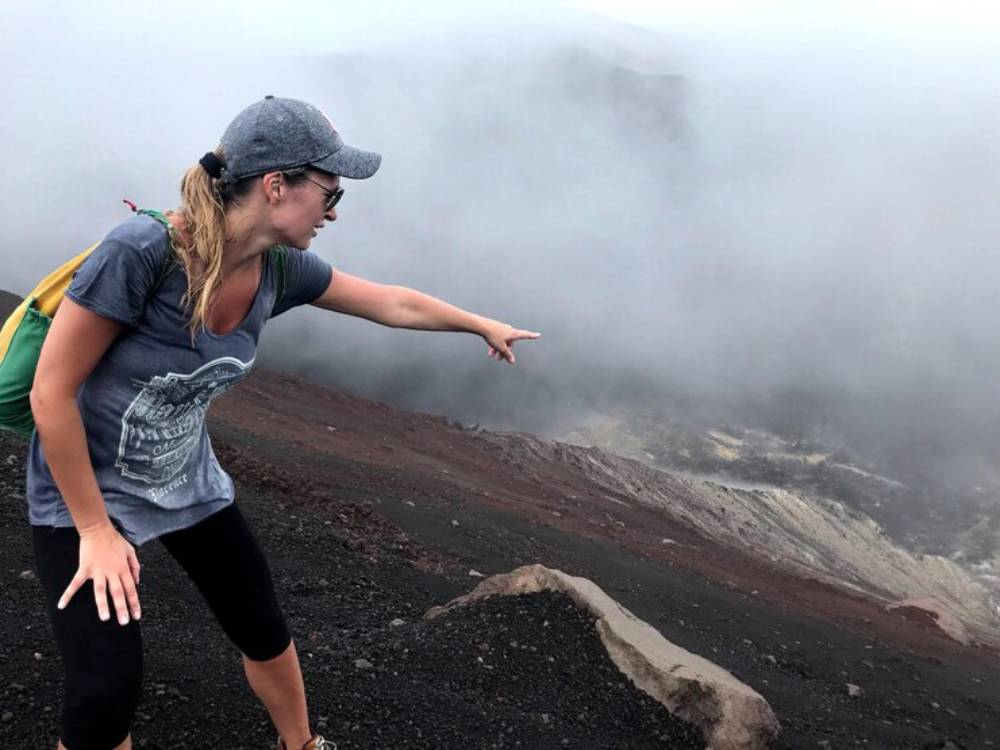
Active Craters
The summit craters constantly shift in shape and intensity. Watching smoke rise or hearing a distant boom is a humbling reminder of nature’s might.
Lava Tubes
Natural tunnels formed by flowing lava. Many tours include helmeted descents into these surreal underground passages.
Frozen Rivers of Lava
Fields of cooled black rock tell the story of past eruptions, some recent, others hundreds of years old.
Alpine Flora and Fauna
Despite the harsh terrain, you might spot foxes, hawks, and rare wildflowers like Etna broom.
Staying Safe on the Volcano
- Check volcanic alerts via the INGV (Italian National Institute of Geophysics and Volcanology)
- Dress in layers: Weather changes fast
- Wear proper boots: Volcanic rock is sharp and slippery
- Bring water and snacks: Especially for longer hikes
- Respect boundaries: Don’t cross into restricted zones without a guide
Tour guides are trained to monitor activity and will make judgment calls if conditions shift.
Culture and Mythology of Etna
The Forge of the Gods
According to Greek mythology, Mount Etna was the forge of Hephaestus, god of fire and metalwork. Legend says the Cyclops lived here, forging lightning bolts for Zeus.
Etna in Modern Culture
Etna remains a powerful symbol in Sicilian identity. Locals speak of her with respect, reverence, and occasional superstition. Annual festivals and culinary traditions honour her fertile soil.
Real Travel Tales: What Adventurers Say
“We hiked at sunset and watched lava glow in the distance. I felt like I was on another planet.” — Lucy, UK
“Our guide was a volcanologist who made every crater, puff of steam, and ash field feel like part of a living story.” — Jonas, Germany
“The wine tasting after the hike? Just as memorable as the volcano.” — Priya, India
Combine Etna with Other European Adventures
Mount Etna makes an excellent addition to broader adventure travel in Europe.
Here are some pairing ideas:
- Combine with a cultural stop in Palermo or Syracuse
- Add a beach break on the Aeolian Islands
- Link it to a Mediterranean volcano tour with Mount Vesuvius or Stromboli
- Explore more epic geology with Ballooning Over the Serengeti: Wildlife from the Sky.
What to Pack for Your Etna Adventure
- Sturdy hiking boots
- Light jacket + windbreaker
- Sunscreen and sunglasses
- Hat or buff for wind and sun protection
- Reusable water bottle
- Snacks (energy bars, fruit)
- Camera or phone with lots of memory!
- Small backpack
Optional but useful:
- Trekking poles
- Torch or headlamp for cave exploration
Responsible Tourism Tips
- Leave no trace: Carry out all rubbish
- Support local guides and businesses
- Stick to marked trails to protect fragile ecosystems
- Educate yourself about the volcano’s history and risks
Adventure should leave behind memories, not damage.
Pairing Etna with Seasonal Adventures
Spring Wildflower Treks
In April and May, the lower slopes burst into bloom with broom bushes, poppies, and orchids. Guided hikes often include botanical talks, turning your volcano visit into a nature walk through Sicily’s lesser-known flora.
Winter Snowshoeing and Skiing
Yes — you can ski on Mount Etna! Between December and March, the volcano transforms into a snowy playground. Resorts like Etna Nord (Piano Provenzana) and Etna Sud (Rifugio Sapienza) offer slopes for both skiers and snowboarders, plus snowshoe trails with crater views.
Stargazing and Astrotourism
Thanks to its elevation and minimal light pollution, Etna is a hotspot for stargazing. Several tour operators offer night hikes paired with telescope viewings, giving you an otherworldly perspective on both Earth and sky.
Culinary Adventures on Etna’s Slopes
Volcanic Wine Tours
The mineral-rich soil around Etna nurtures some of Sicily’s finest wines. Grapes like Nerello Mascalese and Carricante thrive here. Wine tasting tours often include visits to Etna DOC vineyards, cellar tours, and local cheese pairings.
Farm-to-Table Experiences
Book a day at an agriturismo near Etna to learn about traditional farming practices, cook with local ingredients, and enjoy home-cooked Sicilian meals — all with views of the volcano in the background.
Etna Through a Photographer’s Lens
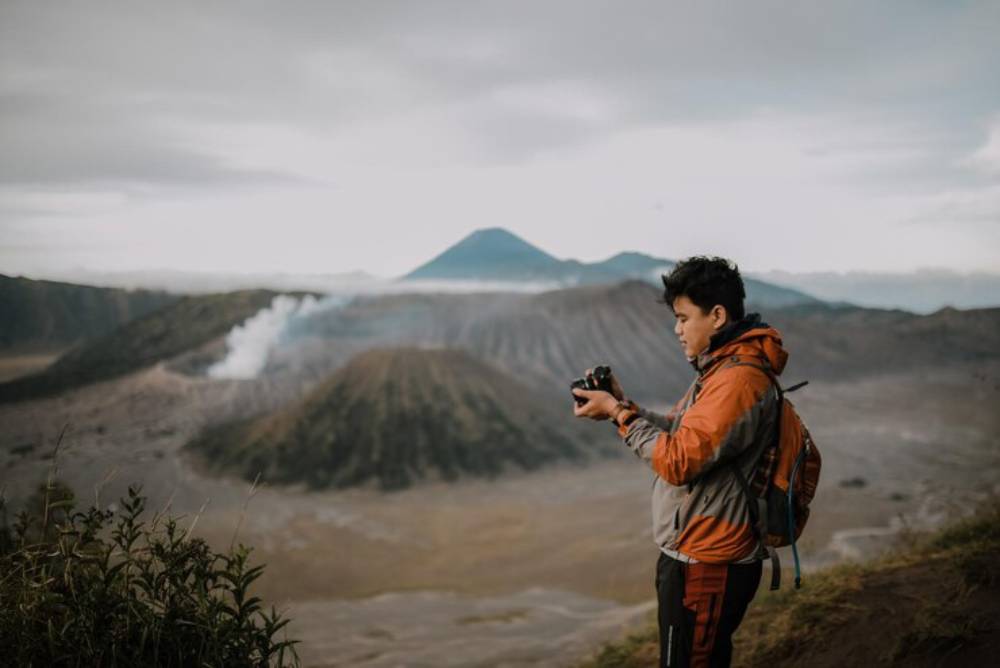
Best Photo Spots:
- Rifugio Sapienza at sunrise: capture the golden light hitting the lava fields
- Crater Silvestri from above: offers dramatic depth and contrast
- Valle del Bove overlook: wide shots of ancient lava flows and rim silhouettes
- Lava Tube interiors: bring a headlamp for eerie, glowing light trails
Tips:
- Use a neutral density filter to shoot molten lava at dusk
- Shoot early morning or late evening to avoid haze
- Carry a lens cloth — volcanic dust can coat your gear
Conclusion: Let the Mountain Move You
Exploring Mount Etna is more than ticking a box on your travel map. It’s a visceral, emotional, and awe-inspiring encounter with the forces that shape our planet and ourselves.
Whether you hike to the summit, descend into lava tubes, or sip wine grown in volcanic soil, you’ll carry the fire of Etna with you long after the ash washes off your boots.
Looking for more fire and flair? Try Hot Air Ballooning in Cappadocia: Soaring Above Fairy Chimneys.
Would you brave Europe’s most active volcano? Share your thoughts, drop your questions, or tag someone you’d take on this fiery Sicilian escape.




